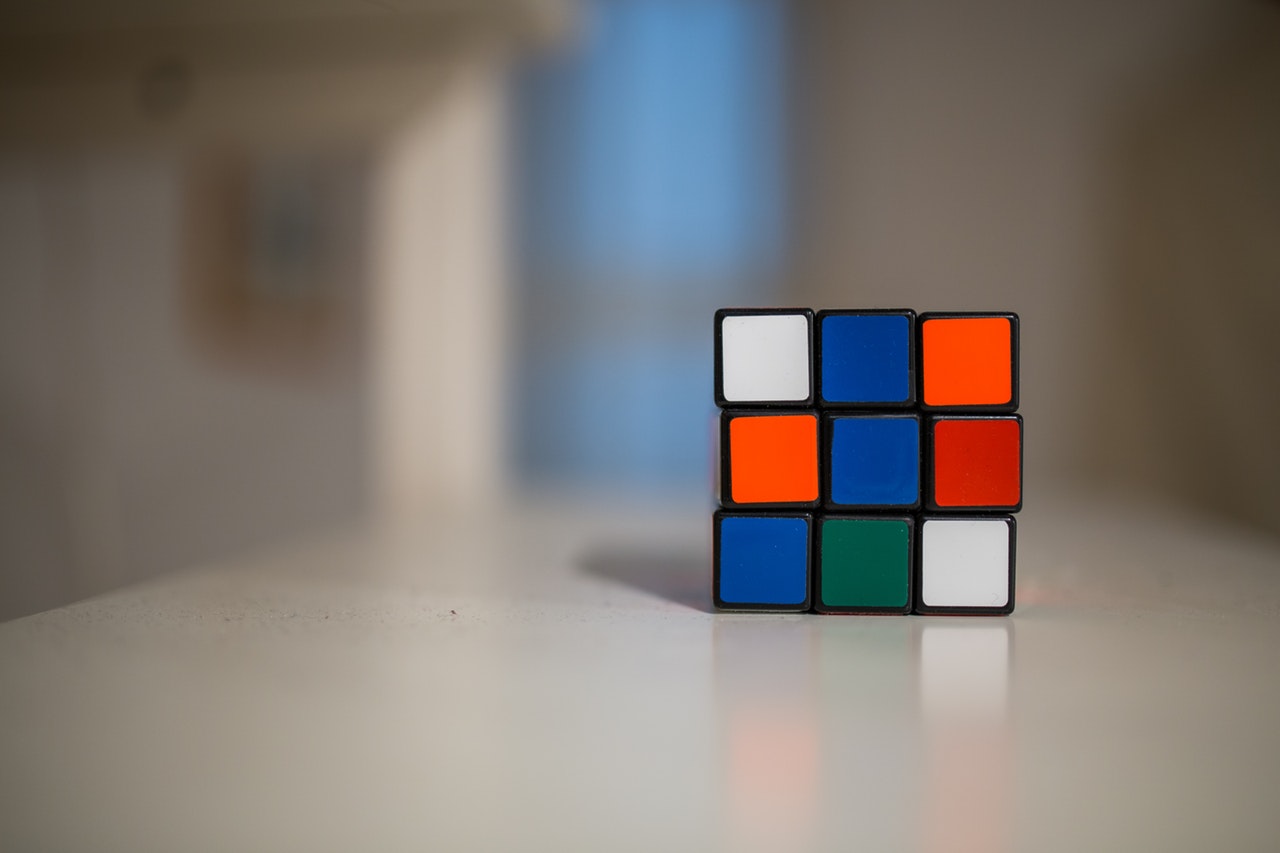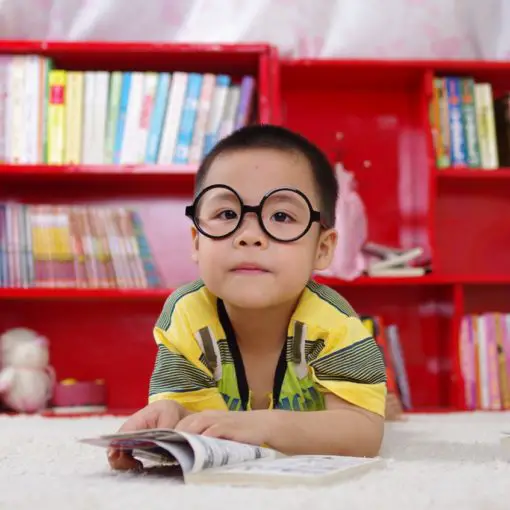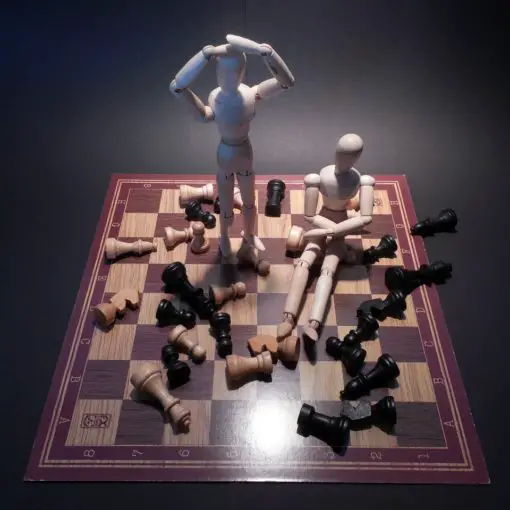Critical thinking is the process to rationally analyze and attempt to solve a problem – accurately and efficiently. This method is made without the use of guesses and assumptions.
It is a cognitive skill or a mental process. Based on acquired knowledge, you’ll have to analyze, examine, and scrutinize options to create an opinion or set of actions.
Business leaders use critical thinking to solve day-to-day problems. On the other hand, students rely on critical thinking for their learning process and research.
It is the ability to think rationally and clearly, while understanding the connection between opinions and ideas.
A critical thinker has the following characteristics:
- Considers a wide range of perspectives
- Open-minded
- Logical
- Accepts new findings, pieces of evidence, and explanations
- Willing to reassess information
- Open to all reasonable possibilities
- Not hasty to make judgments
Critical thinking is actually the ability to engage in reflective and independent thinking. You will need to use your ability to reason. This is all about being an active learner as opposed to being just a passive recipient of information.
You’ll need to actively question every idea and assumptions instead of simply accepting them at face value. You’ll always seek to determine if certain arguments, ideas, and findings actually represent the whole picture. However, you’ll have to be open to the idea that they might not represent the entire picture.
Intuition and instinct are thrown out of the window, instead, you will have to identify, analyze, and solve all your problems systematically.
Critical Thinking Methods
- Identify the problem.
Thinking through the scenario helps separate real problems from simple misunderstandings or disagreements.
With the use of critical thinking, assessing a problem might reveal that there was never a problem at all. It might also show that a problem cannot be solved with the present circumstances or situations. This helps in reducing the harmful effects of a problem as opposed to just quickly looking for an outright solution.
- Analyze the problem.
The analysis would require looking at the situation at hand in all the possible angles.
Identify the problem and then analyze it.
It will help frame your thoughts if you ask the following questions:
- Is it solvable?
- Is it real or perceived?
- Is it solvable on your own or you’ll need help to solve it?
- Brainstorm and come up with a list of solutions.
Problems can be solved in several ways. After identification and analysis, brainstorm for a list of possible solutions. Consider every option you can think about.
List them down then narrow your options to the most efficient and appropriate solution.
This process often encourages creativity. With creativity, one considers a set of diverse solutions before making and acting on decisions. A creative strategy might need working with others to get a different point of view and to prevent internal biases.
While brainstorming for possible solutions, you will come up with solutions that you might have turned to in the past. Several assumptions will surface, and you might realize that the solutions that worked before may not work this time.
You’ll have to focus more on acquiring enough data and research. You’ll need multiple data points and case studies to ensure completeness and accuracy.
- Decide what solution suits the problem best.
Once you have narrowed your list of options, you’ll need to decide which one is the most appropriate solution for the problem at hand.
It may not be the best solution you can think of, but it may be the most appropriate given the situation and circumstances.
- Take action.
You have narrowed down your options and picked the most appropriate solution, it’s time to act.
- Follow-up after implementation.
Once the solution is implemented and you managed to solve the problem, you should follow up on the outcome. Compare your outcomes to your predicted ones and use the information to identify any flaw in the decision-making process.
Prepare for contingencies. Consider a certain time period in the future. Also, think of how you would monitor compliance and follow-through.
Critical thinking is a way of thinking about certain things at a certain time. It is not about the accumulation of facts and knowledge. Critical thinking is not something that you learn once and then use it in that same form over and over. It is not like the multiplication table that you learn and use in school.
Process Of Critical Thinking
- Inform and Describe. Clarify what you need to know, what you already know, and other relevant information about the issue.
- Discover and Explore. Look at the problem closely. Be direct.
- Negotiate and Cooperate. Consider different perspectives and engage in further discussions with another person or group.
- Test and Revise. Weigh the different pieces of evidence given based on the gathered information. Test the different ideas to see what works.
- Integrate and Apply. Bring together various ideas and consolidate and articulate new information.
Benefits Of Using Critical Thinking Methods In Solving Problems
- Approach. Being aware of the different approaches to problem is a good mindset.
- Save Time. With a critical thinking mindset, you’ll be aware that not all information gathered is relevant in understanding the problem and thinking up a solution. Critical thinking makes you prioritize time and resources by analyzing and taking only what is essential.
- Appreciation of Different World Views. When you are open-minded, you’ll be able to empathize with the many differing point of views. With critical thinking, you’ll see beyond cultural norms and understand the factors that can influence making decisions. Being empathetic and understanding helps for effective leadership and teamwork.
- Enhanced Communication. Critical thinking helps you to be a good communicator once you know how to analyze and build evidence for any given premise. Having relevant and consistent points in supporting theory is important in communication.
- Decision-making. These abilities are transformed once you are able to apply critical thinking in solving problems. Once you develop critical thinking, making decisions comes easy. You’ll be able to work on a more analytical or logical way of thinking, thus, leading to sound decisions.
- Reason. One will learn two types of reasoning, deductive and inductive. One
will also learn when to use one over the other. When decisions are grounded on
logic and reason instead of emotion or instinct, one would have a more effective
way to solve problems.
How to Achieve Critical Thinking Skills
There are different ways to achieve critical thinking skills. Two of these ways are (a) convergent thinking and (b) divergent thinking.
Convergent thinking is where all facts and data are brought together from different areas with the aim to solve problems, achieve the desired outcome, and make informed and proper decisions. It is a process that focuses on developing the best answer to a problem.
Divergent thinking is about thinking outwards or generating ideas creatively. Through this type of thinking, solutions are made using thought experiments. There are imagined scenarios that will allow us to understand how things would work. Once we understand how things work, that is where we can think of solutions for the problem with ease.
These two can be used together. For example, you may use divergent thinking to detail the most obvious and random ideas first then use convergent thinking to filter the possible best ideas or solutions. In other options, you can mix divergent and convergent options in the process.
Enhancing Critical Thinking Skills
- Never take anything as is. Don’t accept things at face value. Always learn to evaluate every single data you are getting. Evaluate the things you see, the things you hear, and the things you read. Then you decide on what you must do. Rather than following what is common, spend some time thinking about other possible ways.
- Always consider motives. Everyone has a motive and bias; hence, you should always consider where the information is coming from and who is the one giving it.
- Research. To be more believable and realistic, learn to do some research. Learning about a scenario or situation beforehand helps in making decisions with ease and confidence.
- Make it a habit to always ask questions. It helps to be more informed. Do not be afraid to ask questions to those who know, especially when you badly need information or just need to know things.
- Never assume that you are right. Assuming that you are right without consideration for other point of views is not grounds for thinking critically. You should be open to new ideas and opinions.
- Break things down. Problems might look big and difficult to solve at first glance. However, if you can break it down to smaller chunks, they will be easier to manage.
- Keep things simple. Always go for the simplest explanation that fits all facts.
Parting Words
The main point of critical thinking is to achieve the best possible outcomes in any given situation (scenario). To achieve this, you’ll have to gather and evaluate information from many different sources. Critical thinking needs a clear, but often uncomfortable, assessment of your own strengths, weaknesses, and preferences, and the possible impact on the decisions you’ll make.





